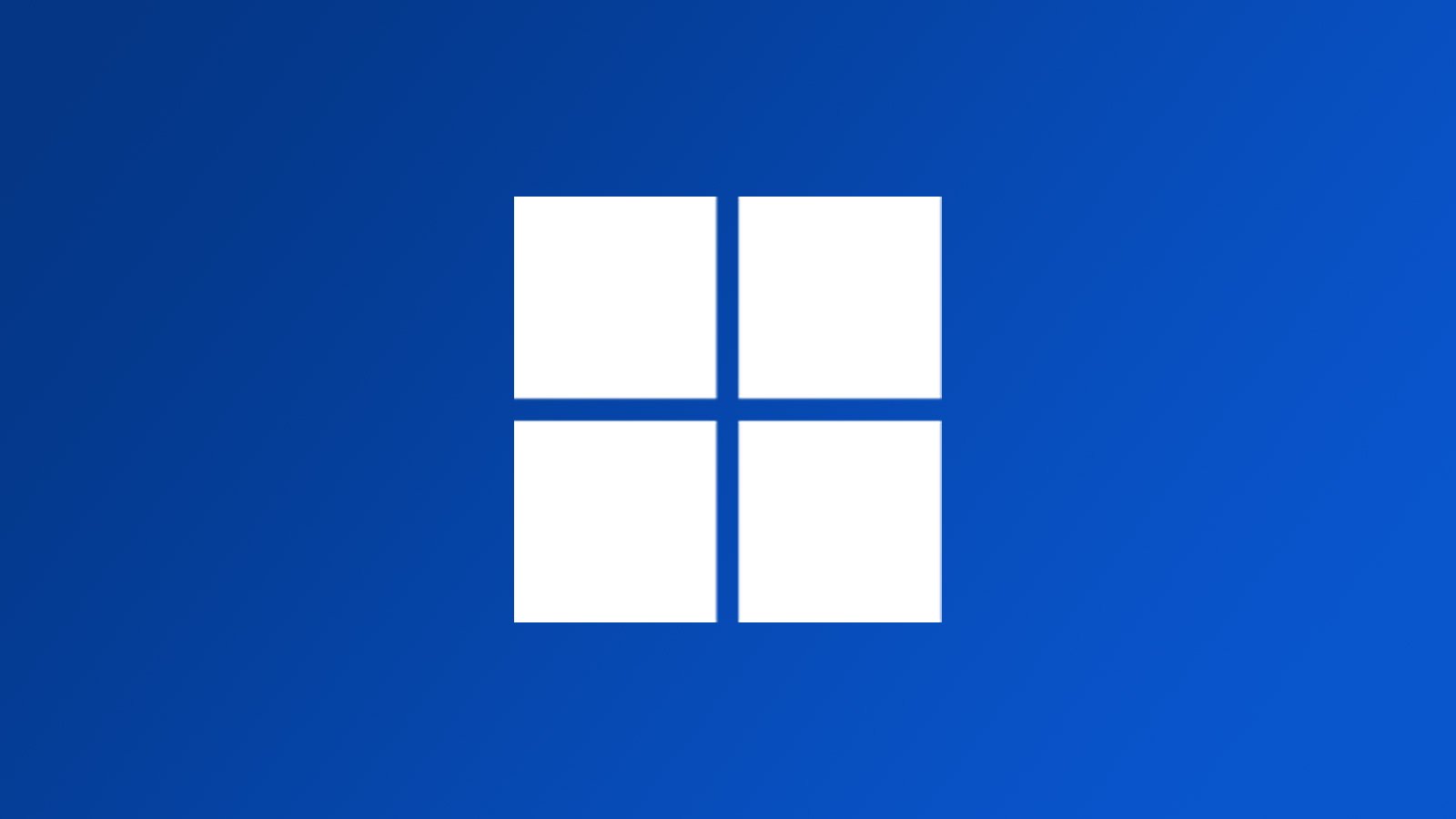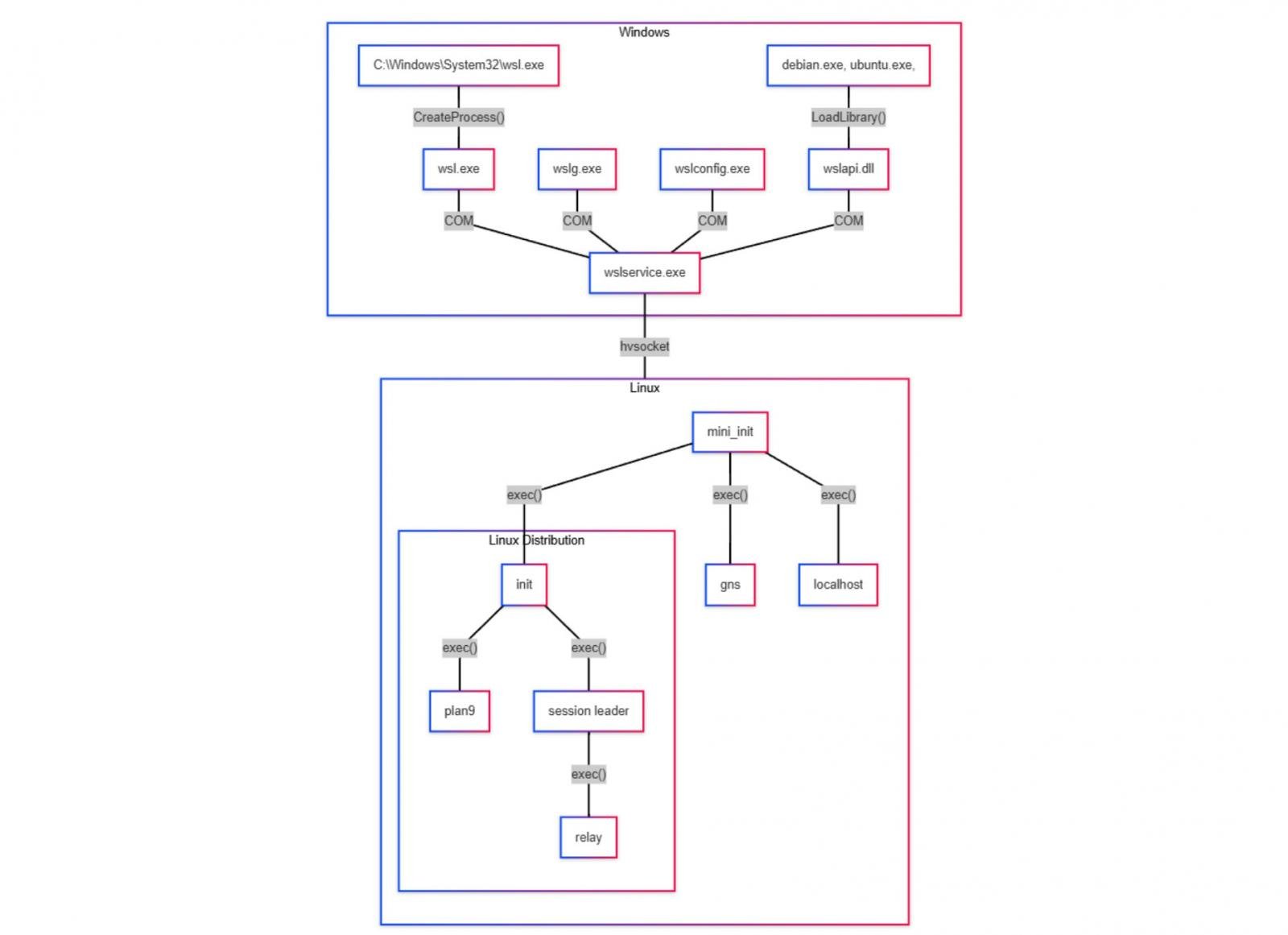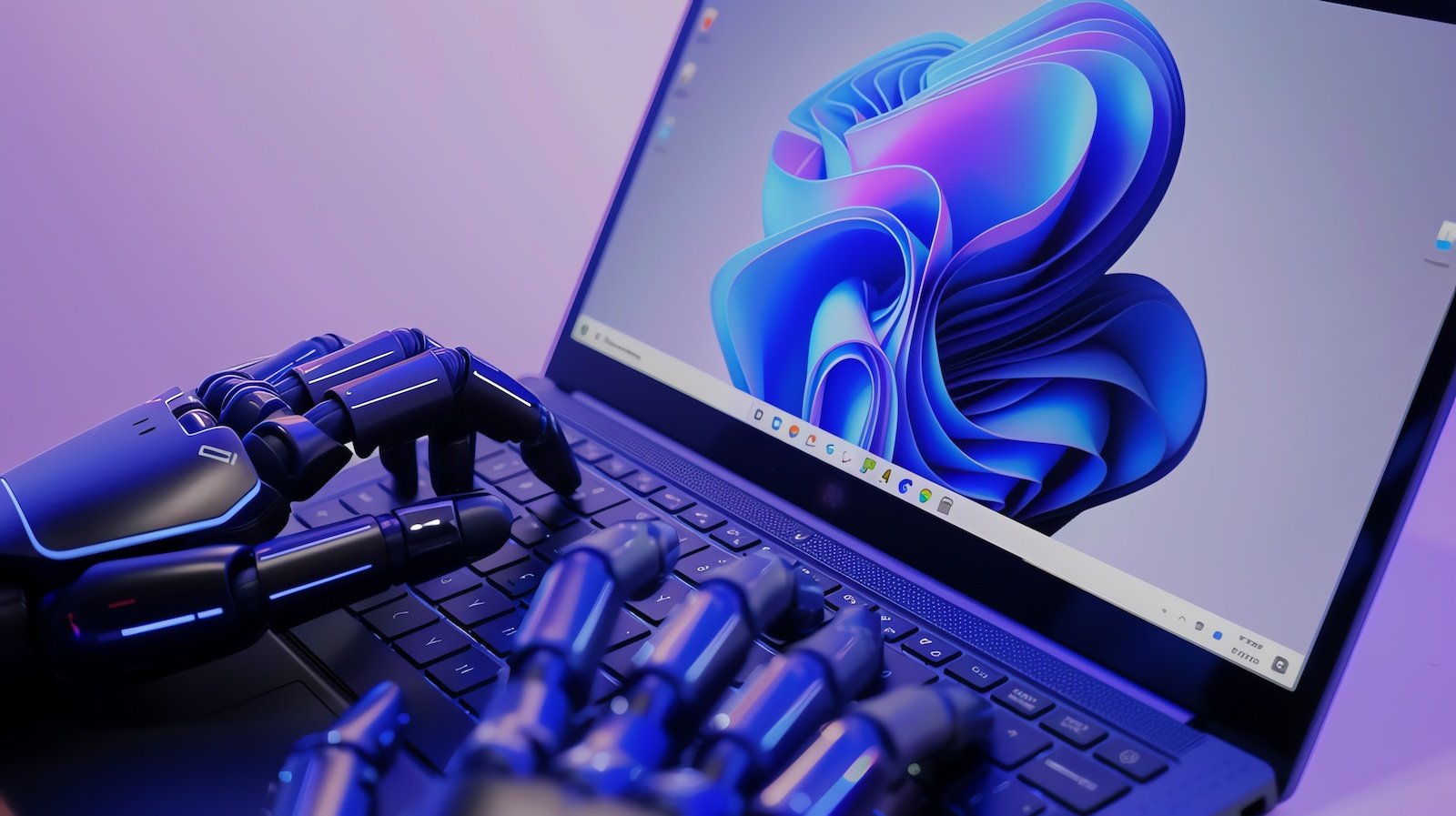
Microsoft has open-sourced the Windows Subsystem for Linux (WSL), making its source code available on GitHub, except for a few components that are part of Windows.
This marks a significant milestone for a project that began as an experiment almost a decade ago and has grown to become a very popular tool in Windows.
WSL was first introduced at Microsoft BUILD 2016 and was ultimately shipped in the Windows 10 Anniversary Update.
Its first release, WSL 1, utilized a compatibility layer that translated Linux system calls so they could communicate and work with the Windows NT kernel using a custom driver named lxcore.sys.
In 2019, Microsoft released WSL 2, which included a real Linux kernel in a virtual machine that offered significant improvements, including performance enhancements, GPU and systemd support, and the ability to run graphical applications.
 Windows Subsystem for Linux architecture
Windows Subsystem for Linux architectureSource: Microsoft
Now, at Microsoft Build 2025, the company has made WSL open source, including its command-line tools (wsl.exe and wslg.exe), background services (wslservice.exe), and Linux-side daemons used to start networking, launch other daemons, and set up port forwarding.
"WSL could never have been what it is today without its community. Even without access to WSL's source code, people have been able to make major contributions that lead to what WSL is now," Microsoft's Pierre Boulay shared in an announcement.
"This is why we're incredibly excited to open-source WSL today. We've seen how much the community has contributed to WSL without access to the source code, and we can't wait to see how WSL will evolve now that the community can make direct code contributions to the project."
The only components that are not open-sourced, as they are part of Windows, are Lxcore.sys, the kernel driver that powers WSL 1, and P9rdr.sys and p9np.dll, which are used for the "\\wsl.localhost" filesystem redirection.
With the release of this source code, developers can now inspect the code, build it themselves, submit improvements, and better understand how WSL works under the hood.
By going open source, Microsoft also hopes the broader developer community will become more involved and submit new features, enhancements, and bug fixes.
For more information about the Windows Subsystem for Linux architecture and components, you can visit https://wsl.dev.
.png)
 4 days ago
1
4 days ago
1





